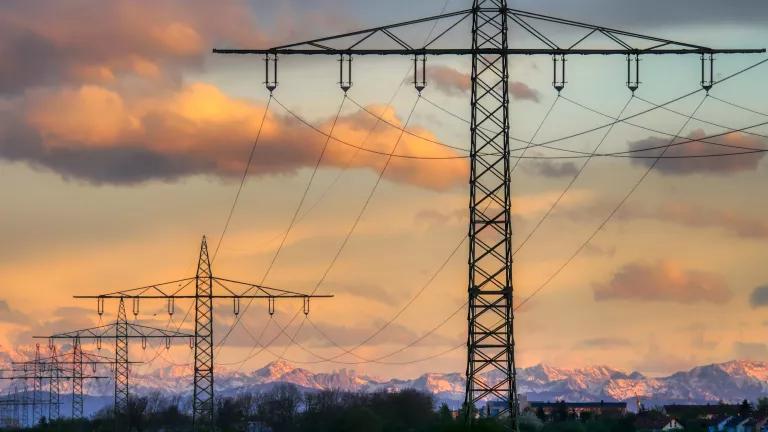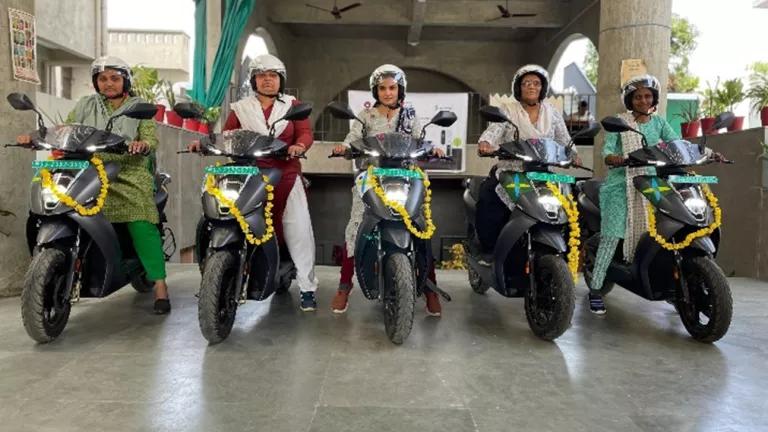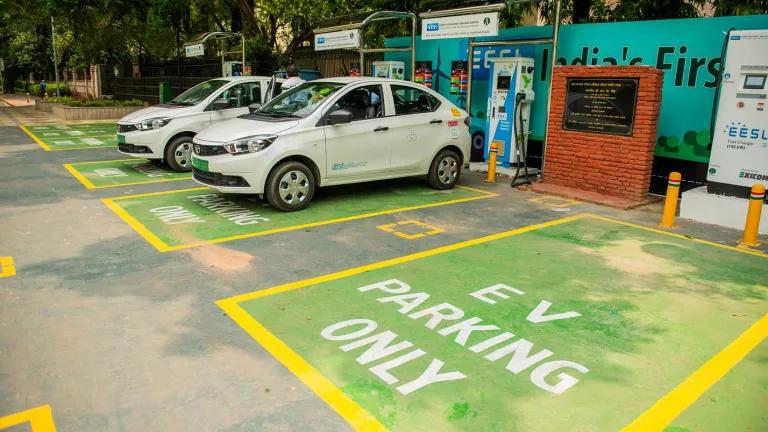
Co-authored with Charu Lata, Sr. Program Lead - Clean Energy and E-Mobility, NRDC India
Over half of India’s three-wheeler registrations in 2022 were electric. Overall, electric vehicle (EV) sales in India in the first quarter of 2023 have already increased by 81 percent over the same period in 2022. With growing numbers of EVs on the road, the role of utilities is vital to sustain this momentum. Not only can utilities help provide charging infrastructure, but they can also be the interface in managing increased power demand from EVs and the electricity grid.
So far, many utilities have recognized their role as limited to setting low tariffs and providing EV charging connections. Yet, utilities can help grow the EV market through better distribution grid planning, setting up electric vehicle charging infrastructure, attractive electricity tariffs, supporting consumers with easy access to metered connections and information dissemination related to programs that facilitate a sustainable growth in the sector. India is already showcasing support for growth in the power sector: the country recently announced a commitment to setting up an additional 7000 EV chargers under the FAME II program.
Global Experience
There have been a growing number of initiatives around the world designed to support and increase utility engagement in the EVs space. In China, EV charging infrastructure development has been supported by a mix of incentives - strong national & municipal government programs, but also investments by power utilities and grid operators. Chinese utilities have had an evolving role in the electrification process, particularly with vehicle-to-grid integration and accelerating deployment of charging infrastructure. In the Unites States, power utilities have been crucial for states and cities to meet their EV deployment goals. They have played pivotal roles in areas such as Make-Ready infrastructure (by covering a significant cost of grid upgrades), grid upgrades and deploying charging infrastructure to targeted sites. Utilities have done the heavy lifting by making EV charging infrastructure accessible and available. For example, in California, the public utilities have introduced interventions that reduce the cost of charging infrastructure by up to 25 percent. The European Union incorporated utility efforts in its Regulation for the deployment of alternative fuels infrastructure (AFIR), which set landmark new rules to ensure sufficient and user-friendly alternative fuels infrastructure for road, shipping and aviation via. The UK also unveiled a new electric vehicle infrastructure strategy to reach its goal of a minimum 300,000 public chargepoints by 2023.
Role of Utilities in EV Adoption in India
To facilitate greater utility engagement for EVs, NRDC and partner Administrative Staff College of India (ASCI) conducted roundtables, focus group discussions, and knowledge exchanges with Indian states, including Telangana, Andhra Pradesh, Delhi, Maharashtra, and Karnataka, as well as international utility experts from the U.S., China and the U.K over the last year. High level government officials, industry stakeholders, trade unions and civil society organizations joined the discussions. A summary of key takeaways and action items are below.

Ms. Dipa Singh Bagai, Country Head, NRDC India; Mr. SK Joshi, Former Chief Secretary, Telangana; Mr. Ajay Mishra, Former Special Chief Secretary, Energy Department, Telangana; Mr. Anil Kaushik, AGM, E-Mobility, NTPC Vidyut Vyapar Nigam Limited; Mr. Sabyasachi Pattanaik, Director Regulatory Affairs & Market Development, Oracle Energy & Water and Ms. Pramoda Gode, Consultant, E-Mobility
How State Agencies Can Support Utility Involvement in the EV Market
- Develop state level programs focusing on power utilities: Many Indian states’ current EV policies only briefly mention the role of utilities in accelerating adoption of electric vehicles. Clear guidelines and programs could help define the role of utilities and support the required changes, including capacity building of utility staff through workshops and study visits, adding dedicated staff to support electric mobility, and providing financial support for utilities to accelerate this transition.
- Develop clear guidelines and/or standards for the buildings sector for Resident Welfare Associations and real estate developers. This is particularly true for the setup of electric vehicle charging infrastructure in basements, given safety concerns due to rising fire incidents. The guidelines could consider safety and electrical infrastructure requirements, costs, existing bylaws & building codes, compliance process, capacity of charging stations in basements across residential/ office/ commercial buildings including assembly occupancies.
How Electricity Regulators Can Help
- Deepen engagement with state utilities, and Charge Point Operators to identify and address challenges faced in power connections and approvals for setting up EV charging infrastructure.
- Engage with relevant government agencies, including the Fire Department and Chief Electrical Inspector to Government, to define and streamline the permits and approvals process for setting up of public, captive or home charging stations.
How Utilities can Play a More Proactive Role
- Develop guidelines for stakeholders (including government and private players keen to set up electric vehicle charging infrastructure) on the permits/approval process for home, public or captive charging in either private or government property. To date, a lack of clear information is limiting adoption.
- Create a single window clearance platform that considers appropriate standards, safety guidelines, do’s and don’ts for the permits/approval process. For maximum impact, the single window clearance process should be supported by a compendium of rules and regulations, ready reckoners, and FAQs for stakeholder reference. The single window clearance process may also include electric vehicle charging station set up (covering public, captive and home charging) by mapping existing permits/ approval process and considering additional statutory approvals/ permits needed based on stakeholder consultations. ASCI and NRDC have supported Telangana State Renewable Energy Development Corporation with drafting the same.
- Incorporate best practices from other state utilities across India and the globe on how they have designed programs to advance deployment of electric vehicles in their jurisdictions.



